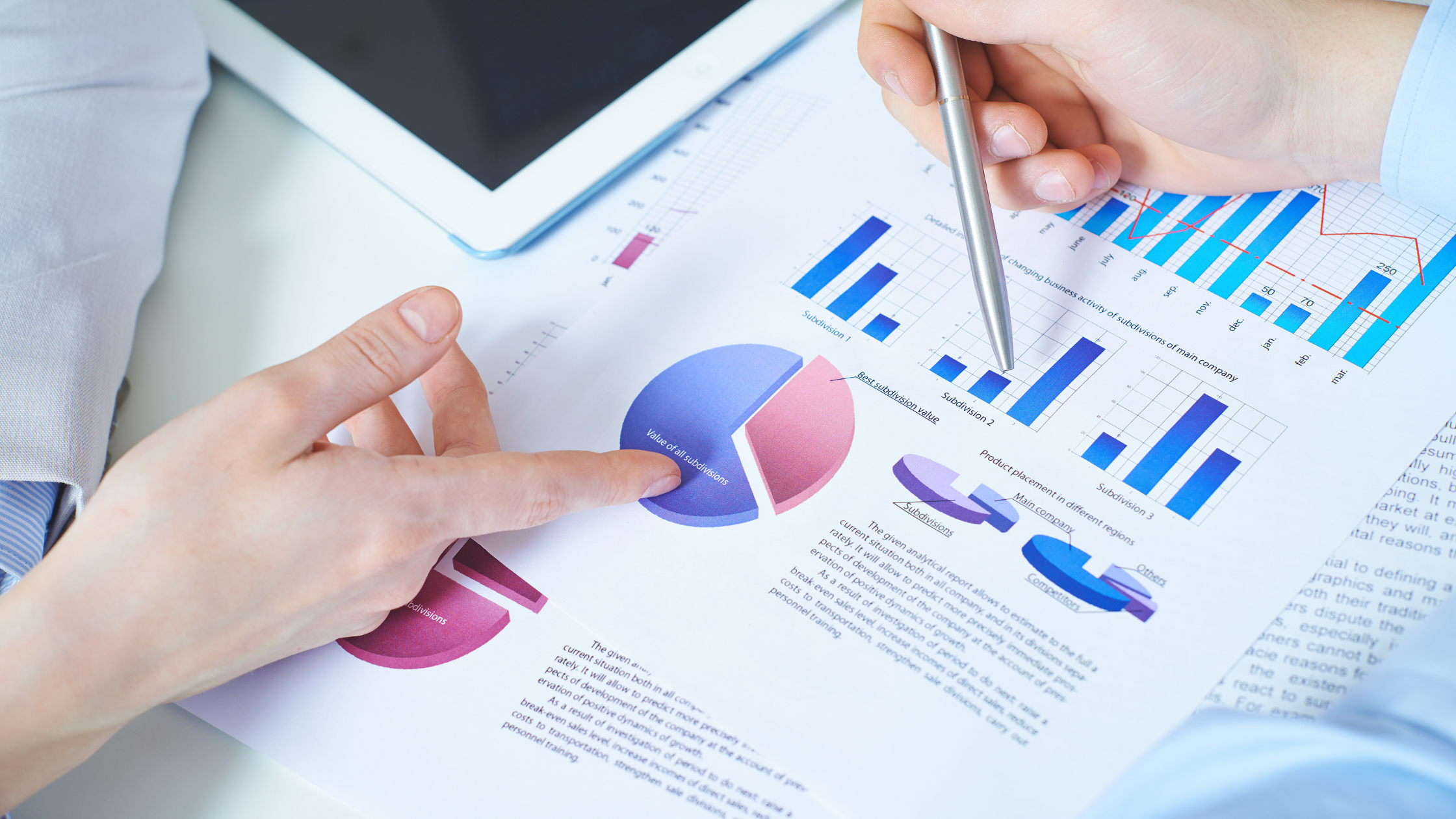
If you’re like a lot of small business owners, you probably find financial reporting reasonably daunting. Running your business is a full-time job, so you don’t have the time to spend hours pouring over detailed financial reports every week. And, if you’re honest, your financial literacy may be a little lacking when it comes to truly understanding what it all means.
Bookkeeping is an activity that many of us outsource to a specialist who focuses purely on the financials of your SME. However, even if you have a bookkeeper or accountant reviewing and reconciling your accounts, as a business owner, there are a handful of financial reports that you absolutely must review on a regular basis to ensure you’re across your business’s financial performance.
Having a solid understanding of your past, present and future financial position empowers you as a business owner and allows you to make informed decisions. Knowing the numbers will allow you to assess and improve business performance, minimise your risk and make prudent and realistic plans for growth.
To protect your business’s financial health, you should understand – and regularly review – the following financial reports:
Profit and loss (P&L) statement
Your profit and loss statement (also known as an income statement) is a summary of the total revenue, costs and expenses your business has incurred over a month, quarter or financial year.
A profit and loss statement is usually broken down into three sections:
Total income (your sales less the cost of the goods you’ve sold)
Total expenses (your operating costs, interest on loans and taxes)
Net profit / net income (your total income minus your total expenses
Your P&L statement tells you how much real profit you’re making (or losing) during a period and can be used to calculate a number of important metrics including your gross profit margin, operating profit margin and operating ratio.
It goes without saying that to have a viable ongoing business, your income must exceed your expenses. Your profit and loss statement may show a net loss if you’ve had a particularly expensive period or had to deal with unexpected bills. However, if your net profit is consistently trending downwards or you’ve been spending more than you earn for more than one reporting period, it could be a sign your business is headed for financial trouble.
Balance sheet
Your balance sheet is a snapshot of your total assets (what you have) and your total liabilities (what you owe) at a point in time. Your assets might include cash and investments, your accounts receivable, inventory, equipment and property, while your liabilities will be costs such as loans, accounts payable, wages, rent, tax and utilities.
Because your balance sheet is a summary of your finances at a specific point in time, it provides limited insight into the financial trends of your company over time. You can compare it with your balance sheet for a previous reporting period, but it should be considered alongside the other financial reports on this list for a holistic view of your business’s overall financial position.
Cash flow statement
Your cash flow statement is a summary of all cash inflows and outflows. It’s different from your profit and loss statement and balance sheet because it only considers the movement of cash – it doesn’t take non-cash activity such as sales and purchases on credit into account until money has changed hands.
Understanding when you’re expecting cash to flow into and out of your business will allow you to identify and manage potential cash flow problems before it’s too late and will support you to make sensible decisions regarding budgeting and spending.
Your cash flow statement is a critical financial report as a lack of available cash in the short-term can spell the end for a company that is profitable on an ongoing basis. In fact, a report by the Australian Securities and Investments Commission found that cash flow was identified as a factor driving insolvency for 40% of failed businesses.
If you’re struggling to get your cash inflows and outflows lined up, an invoice finance solution could help you to take back control. By turning your unpaid invoices into cash, you can access the amount tied up in accounts receivable whenever cash flow is tight.
Aged receivable / debtors reports
Poor management of accounts receivable is a common source of cash flow problems for SMEs. The larger your accounts receivable balance, the less cash you have available for running your business. An aged debtors report lets you track current and overdue invoices and proactively manage your accounts receivable with a view to getting paid faster.
While reading financial reports may not be something you enjoy, it’s essential if you want to build a successful ongoing business. A bit of education and understanding goes a long way – and most accounting software solutions make it incredibly easy to prepare and review these important statements.
Don’t leave your business’s financial future to chance – build your financial literacy so that you’re engaged with your company’s financial health and able to operate profitably into the future.
If you’d like to learn more about how finance can help grow your business, please call our friendly team on 1300 760 205 or contact your broker or BDM. At Earlypay, we specialise in business finance, including business line of credit, invoice financing and equipment finance.
If you'd like to learn how Earlypay's Invoice Finance & Equipment Finance can help you boost your working capital to fund growth or keep on top of day-to-day operations of your business, contact Earlypay's helpful team today on 1300 760 205, visit our sign-up form or contact [email protected].